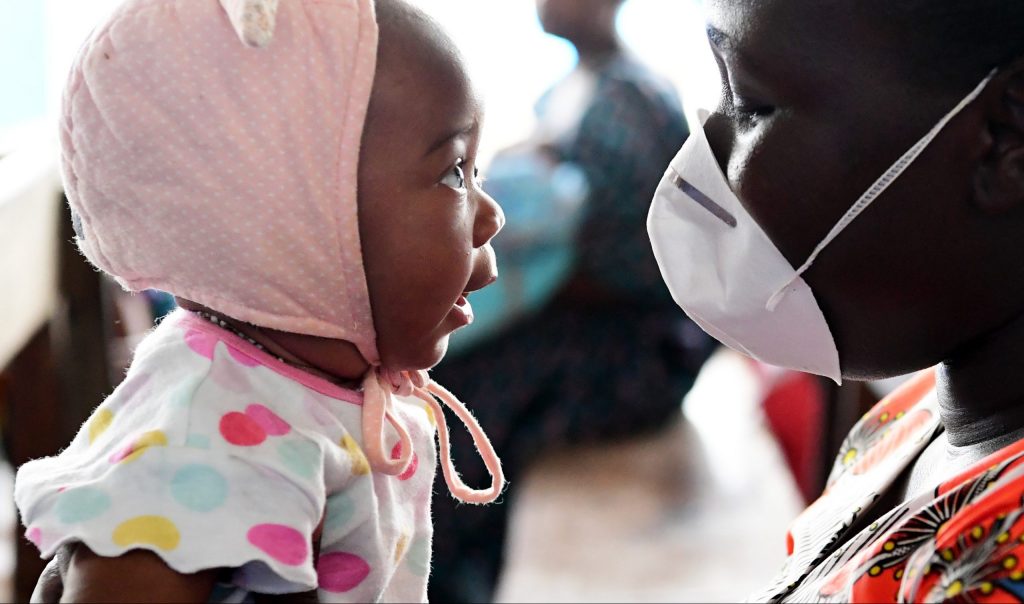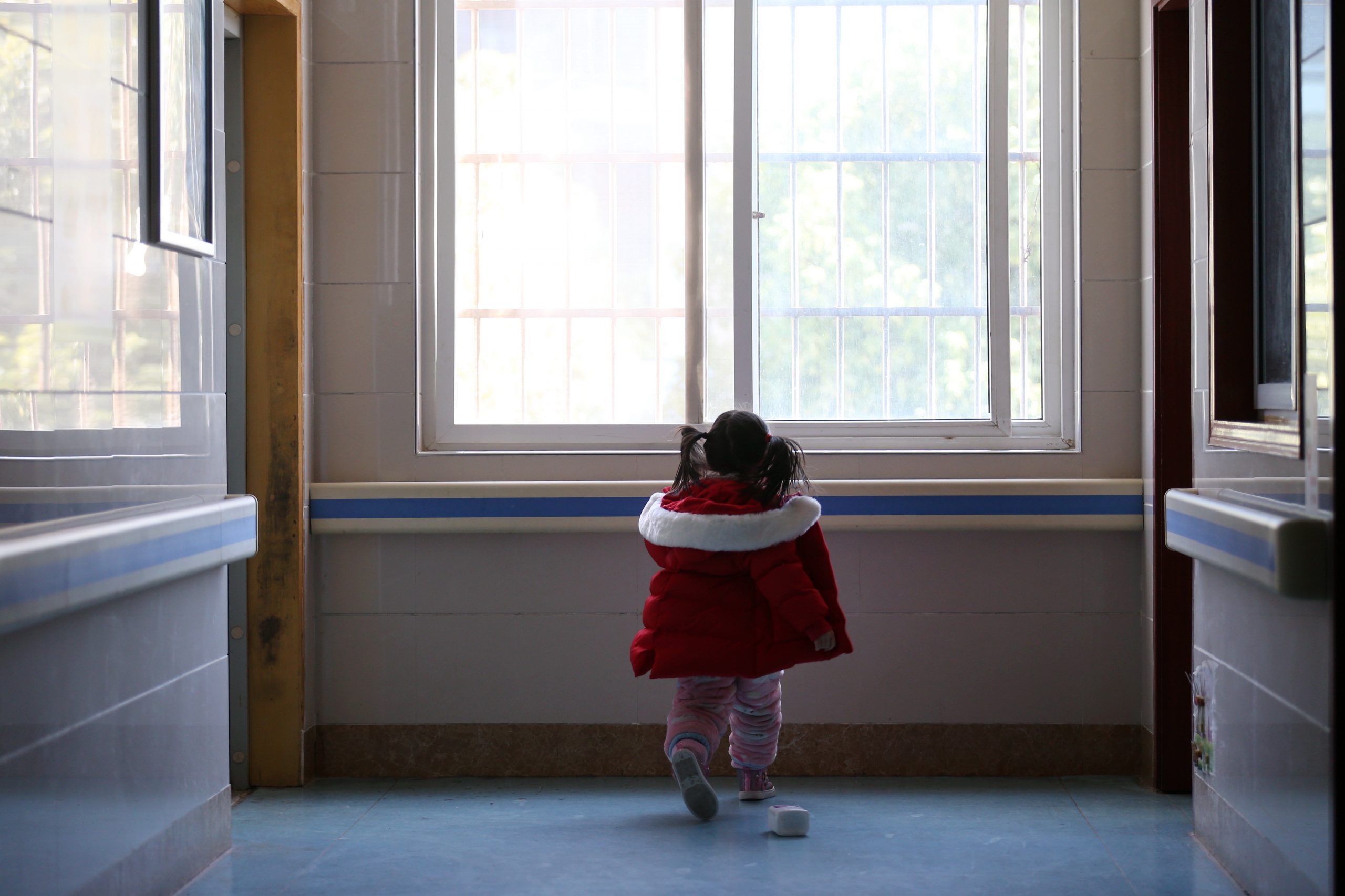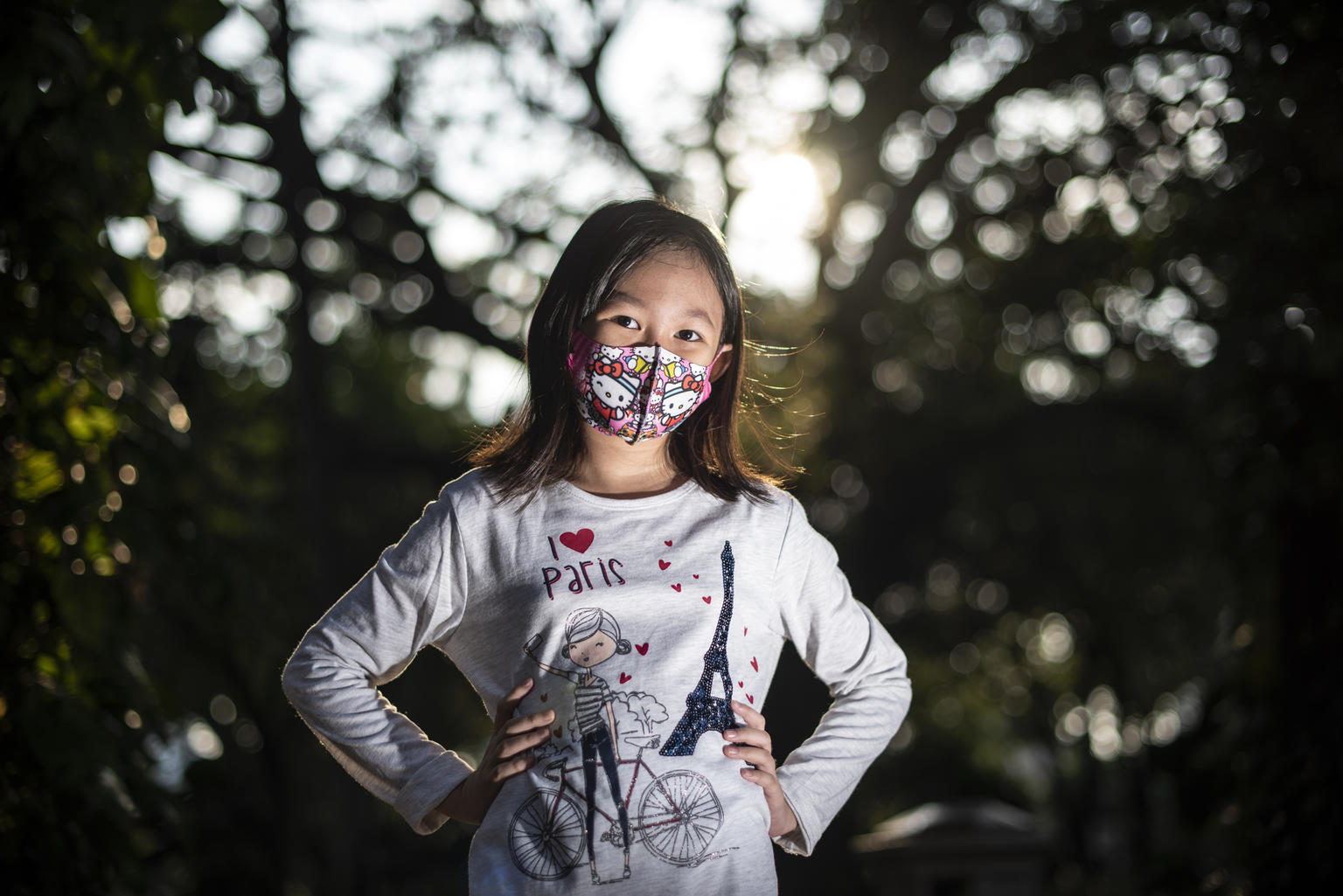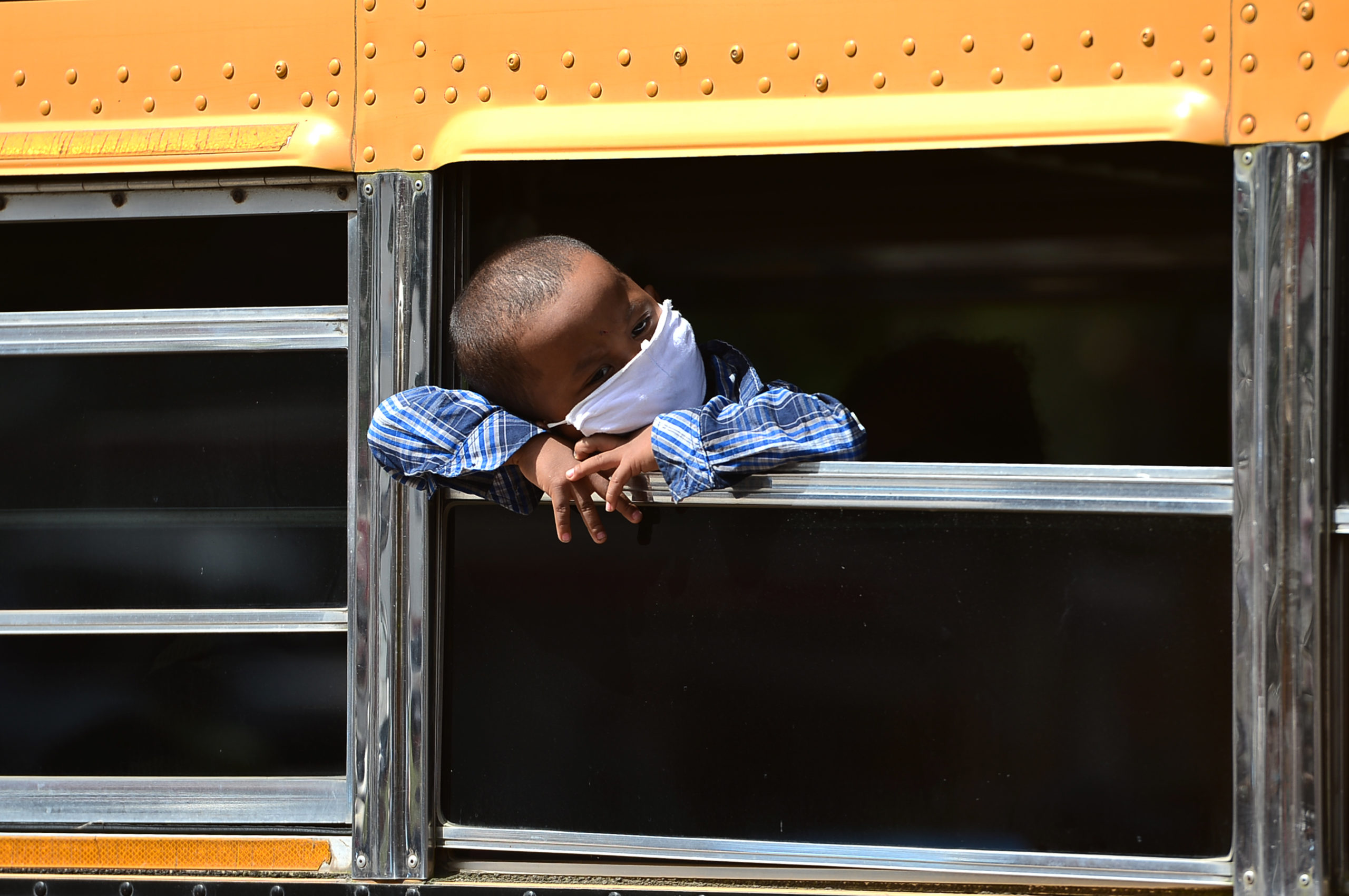
COVID-19 has turned the world upside down. Everything has been impacted. How we live and interact with each other, how we work and communicate, how we move around and travel. Every aspect of our lives has been affected. Decisions made now and in the coming months will be some of the most important made in generations. They will affect people all around the world for years to come. It is imperative that governments making those decisions have access to the best information available. Throughout this crisis, the international statistics community has continued to work together, in partnership with national statistical offices and systems around the world to ensure that the best quality data and statistics are available to support decision making during and after the crisis. This report gives a small flavor of that cooperation. It has been compiled jointly by 36 international organizations, under the aegis of the Committee for the Coordination of Statistical Activities (CCSA).
The United Nations and other partner organizations of the CCSA make a wealth of impartial data and statistics available free of charge with the spirit of promoting facts-based planning. This report presents a snapshot of some of the latest information available on how Covid-19 is affecting the world today. Although a wide range of topics are covered in this report, a consistency of message is clear – this is an unprecedented crisis, and no aspect of our lives is immune. The quantitative knowledge presented in this report covers different aspects of public and private life from economic and environmental fluctuations to changes that affect individuals in terms of income, education, employment and violence and changes affecting public services such as civil aviation and postal services. The report also puts a spotlight on the affects for some sub-population groups like women and children as well as geographical regions.
A snapshot from the report:
COVID-19 is altering the lives of children – especially the most impoverished – to a catastrophic extent
Children already left behind will likely bear the brunt of the pandemic’s impact, whether through missing out on life-saving vaccinations, increased risk of violence, or interrupted education.
Many children, especially those in the poorest households and the poorest parts of the world, risk losing their lives to pneumonia, diarrhoeal diseases, malaria, HIV and other preventable diseases unless urgent action is taken to mitigate the spread of COVID-19. For instance, any further disruptions to immunization services will result in more children dying from pneumonia, which already kills around 800,000 children under the age of five every year – about 2,200 per day.
Access more information on child mortality and COVID-19
Handwashing with soap and clean water is out of reach for many children
Nearly three quarters of the population in sub-Saharan Africa lack basic handwashing facilities at home, a fundamental mechanism to prevent COVID-19, leaving the already vulnerable people at further disadvantage. As many as 3 billion people lack handwashing facilities with soap and water available: 1.6 billion have facilities lacking soap or water, and 1.4 billion have no facilities at all. In short, for many people, the most basic and effective method of preventing the spread of COVID-198 is out of reach.
Access more information on WASH and COVID-19
Lack of access to digital technologies keeps many children from learning
When schools closure is instituted as a containment measure, such alternatives as distance education (e.g. TV or radio programme) and online learning are deployed as alternatives in some countries. However, less than half of households around the world have access to internet. While 73% of urban households possess television, only 38% of rural households do so. The pandemic risks aggravating the learning crisis and leaving the most deprived children behind.
Children already at risk of violence find themselves more vulnerable
As communities are being disrupted, children already at risk of violence, exploitation and abuse will find themselves even more vulnerable. Nearly 8 in 10 children from 1 to 14 years of age were subjected to some form of psychological aggression and/or physical punishment at home by caregivers in the past month. As many as three quarters of children aged 2 to 4 worldwide are subject to verbal aggression or corporal punishment by caregivers at home. In addition, 18 per cent of ever-partnered women and girls aged 15 to 49 have experienced physical and/or sexual partner violence. During times of crisis, especially now, girl’s and women’s risks of intimate partner violence in the home is very likely to increase.
Access more information on child protection and COVID-19
Of the world’s 13 million child refugees, those who reside in camps face similar challenges. They, along with a million child asylum-seekers and 17 million displaced children, are among those most likely to be excluded from social protection, and to be negatively affected by movement restrictions that may keep them from obtaining a more secure status.
Access more information on child migration/displacement and COVID-19
For more information on how COVID-19 is altering the lives of children, please refer to the report.



